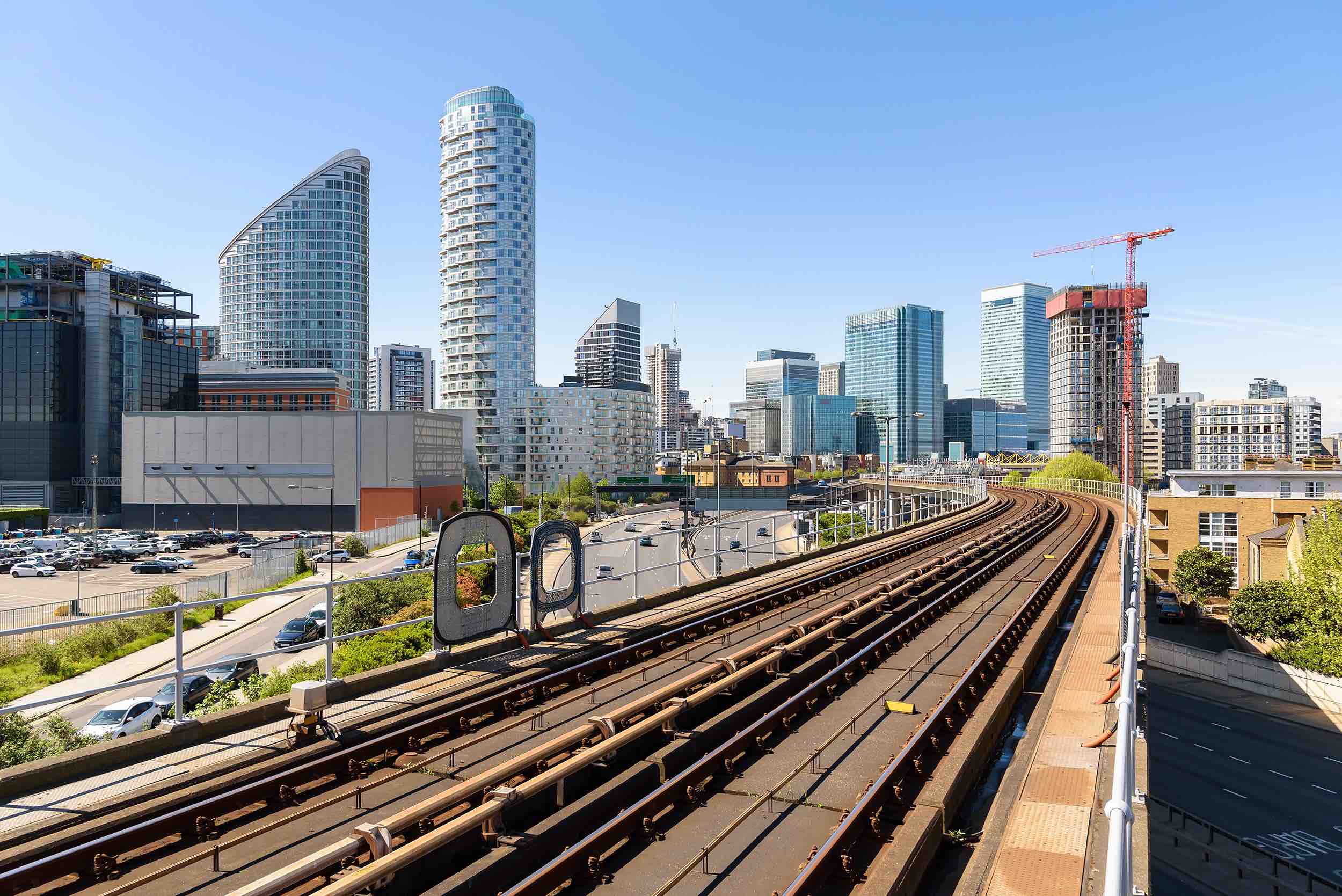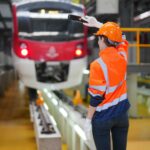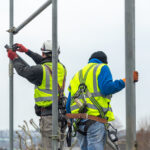If you aspire to work on construction, rail, or infrastructure sites, it’s essential to possess the necessary training qualifications to demonstrate your competency. One such crucial qualification is the Personal Track Safety (PTS) training. This article will provide you with a comprehensive overview of PTS, how to obtain a PTS card, associated costs, where to get one, the types of PTS cards available, potential job opportunities, and the importance of the Sentinel railcard.
What is Personal Track Safety Training (PTS)?
Personal Track Safety (PTS) training is a mandatory requirement for individuals working on or near railway lines. It verifies that you are competent, medically fit, and authorised to perform tasks in such environments.
What is a Sentinel Railcard?
Once you successfully complete your PTS accreditation, you’ll receive a Sentinel railcard. This card serves as proof of your competency, allowing employers to verify your authorisation to work on railway sites. Without it, you may not be eligible to work for certain employers.
How to Get a PTS Card?
To obtain a PTS card, you must complete a sponsored PTS training course, typically a two-day programme held at a rail training centre. Certain rail roles may require additional training, which will be clarified by your hiring company.
Can I Get a PTS Card Without a Sponsor?
No, individuals must secure sponsorship from an employer willing to provide PTS training. Training is only available through pre-approved companies that adhere to safety regulations, provide necessary equipment, and accept responsibility for individuals working on Network Rail infrastructures. Individuals looking for a sponsor can find one on the Network Rail Career page.
What PTS Training Do I Need?
Several PTS certificates grant varying levels of access on sites, including:
1. PTS – Personal Track Safety for non-electrical lines
2. PTS AC – Personal Track Safety for AC electrified lines
3. PTS DC – Personal Track Safety for DC electrified lines
4. LKT – Lookout and site warden
5. LKT (P) – Lookout trained to use Pee Wee
6. LKT (K) – Lookout trained to use kango warning equipment
7. AOD: HS – Handsignaller
8. AOD:LXA – Level crossing attendant
9. AOD:PO – Points operator
10. IWA – Individual working alone
11. TRKIND – Track induction
12. COSS – Controller of site safety
13. PC – Protection
14. Engineering supervisor
15. PICOP – Person in charge of possession
16. SPICOP – Senior PICOP
17. NP OLE/AC-i – Nominated person
18. AP OLE/AC-i – Authorised person
19. RIO – Rail Incident officer
20. BSN1 – Bridge strike nominee grade 1
21. BSN 2 – Bridge strike nominee grade 2
22. BSN3 – Bridge strike nominee grade 3
What Jobs Can I Get with a PTS Card?
A PTS card opens the door to various rail-related job opportunities, including but not limited to roles in landscaping, scaffolding, building, and engineering. To explore these career prospects, you can search for rail jobs in your area.
How Do I Get a Job on the Railway?
With the approval of projects like HS2, which aims to connect London, Birmingham, Leeds, and Manchester through a high-speed rail network, numerous job opportunities in construction, engineering, and rail industries are expected to emerge. To secure a position, ensure you have the requisite training and qualifications. HS2 offers potential career advancement over its extended timeline.
What Is HS2?
HS2, or the High-Speed Rail link, is a major infrastructure project set to connect London and Birmingham by 2026, with plans to extend to Leeds and Manchester by 2033. This ambitious project seeks to enhance connectivity across Britain while providing over 30,000 job opportunities in construction, engineering, and rail sectors.
In the railway and construction industries, obtaining a PTS card through Personal Track Safety training is essential for demonstrating competency and securing employment on railway sites. With major projects like HS2 on the horizon, there are significant opportunities for career growth and development. Make sure to have the necessary training and qualifications to access these exciting job prospects in the rail industry. To explore available PTS jobs or opportunities on projects like HS2, consult your local branch or relevant employment agencies.






